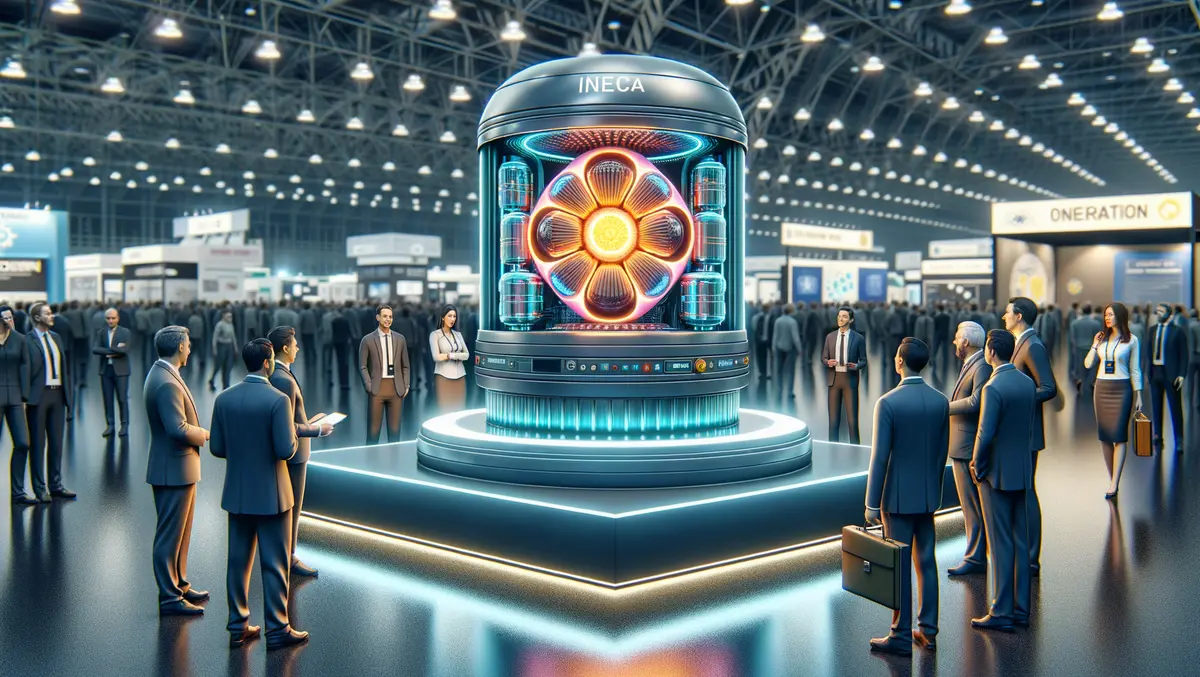
Last Energy showcases micro nuclear reactor to the public
Last Energy, a start-up in the nuclear energy sector, has showcased a prototype of its micro nuclear reactor. The prototype was shown at a conference in Washington, D.C., which focused on the substantial energy demands of data centres and the potential role of nuclear energy in powering these services effectively and sustainably.
This year's conference witnessed the first-ever "nuclear energy summit," which comprised leaders from both the data centre and nuclear energy industries to discuss potential opportunities and challenges. Large organizations like Nvidia, Google, IBM, and the White House Office of Science & Technology Policy were among those that delivered talks at the conference. Additionally, Last Energy participated as a speaker and displayed its prototype independently, outside the conference premises, for data centre industry executives.
The main objective behind presenting this prototype was to familiarise guests with the future of nuclear power and to reinforce the feasibility and affordability of micro-nuclear power as a solution for energy reliability and reduced carbon emissions for data centre operators.
Last Energy affirmed, "Our showcase was largely meant to show the industry that a smaller, more efficient version of nuclear power is feasible—and around the corner." This public display of the micro-nuclear reactor, the second of its kind in the US and the first-ever in Washington D.C., drew considerable attention.
The prototype represents part of the underground portion of Last Energy's broader power plant, where key nuclear components such as the reactor, pressurizer, steam generator, and cooling pumps are located. It makes up one of several dozen rectangular modules that form the plant. The plant is sized to serve and be co-located by industrial entities, including data centre campuses, auto manufacturing plants, and pulp and paper factories.
The emergence of technology services like AI has brought forward manifold energy challenges, including needs for energy abundance, reliability, decarbonisation, and price certainty. According to Last Energy, micro-scale nuclear development is the fastest, most affordable, and least resource-intensive path to round-the-clock clean baseload power. Moreover, it offers siting flexibility and can deliver power on-site via private wire, permitting data centre customers to bypass the traditional restraints and price volatility of the grid.
With data centres worldwide consuming between 240-340 TWh of power, approximately 1% of all global electricity, solutions for reducing emissions and ensuring energy efficiency are rapidly becoming a necessity. The global data centre industry has a vast energy consumption that surpasses that of entire countries such as South Africa, Egypt, and Argentina. "This micro-scale nuclear development offers a cost-efficient solution that not only increases the average lifespan but is also less demanding in terms of land requirements compared to other energy solutions like solar and wind development," added Fossen.


